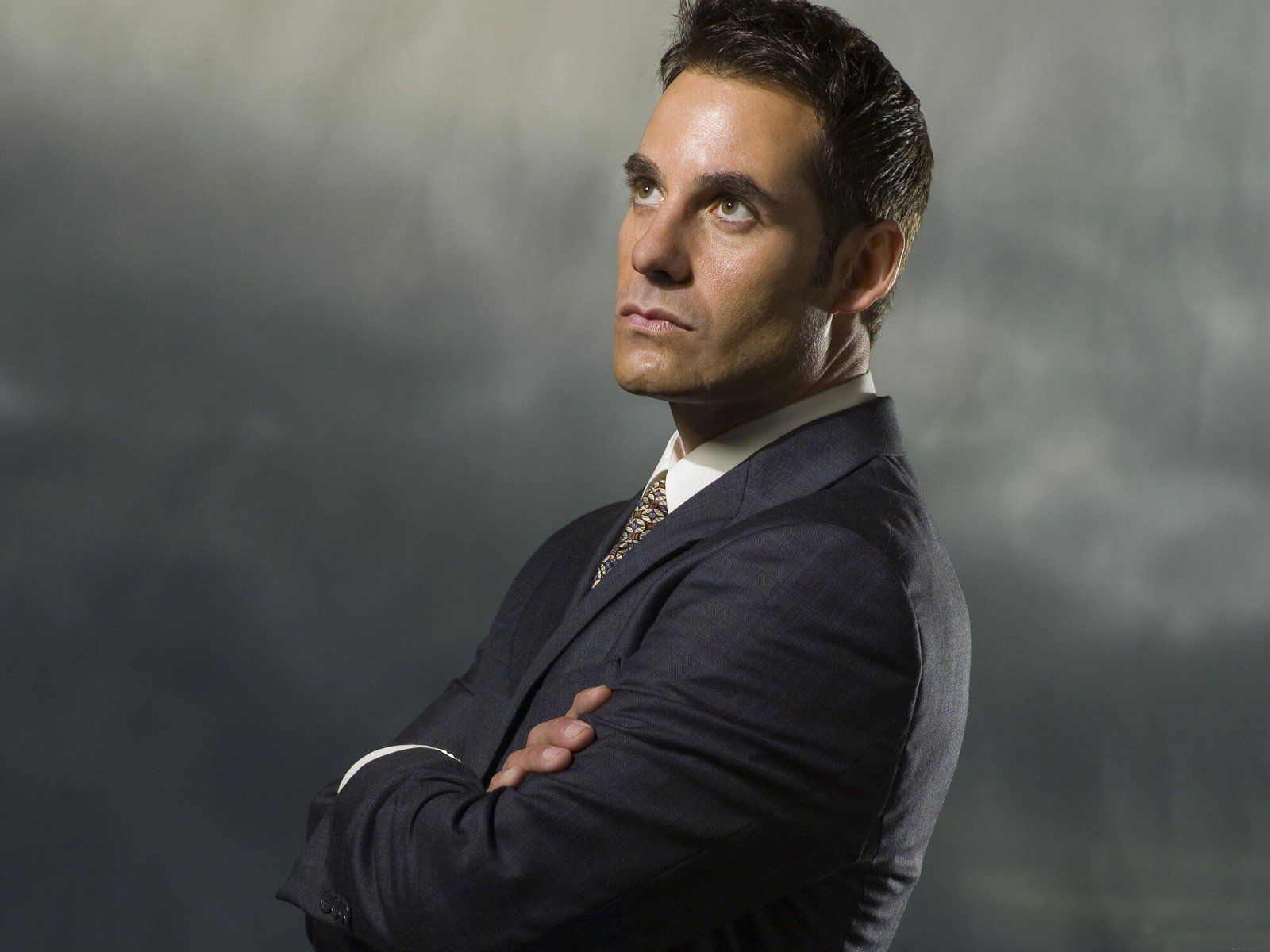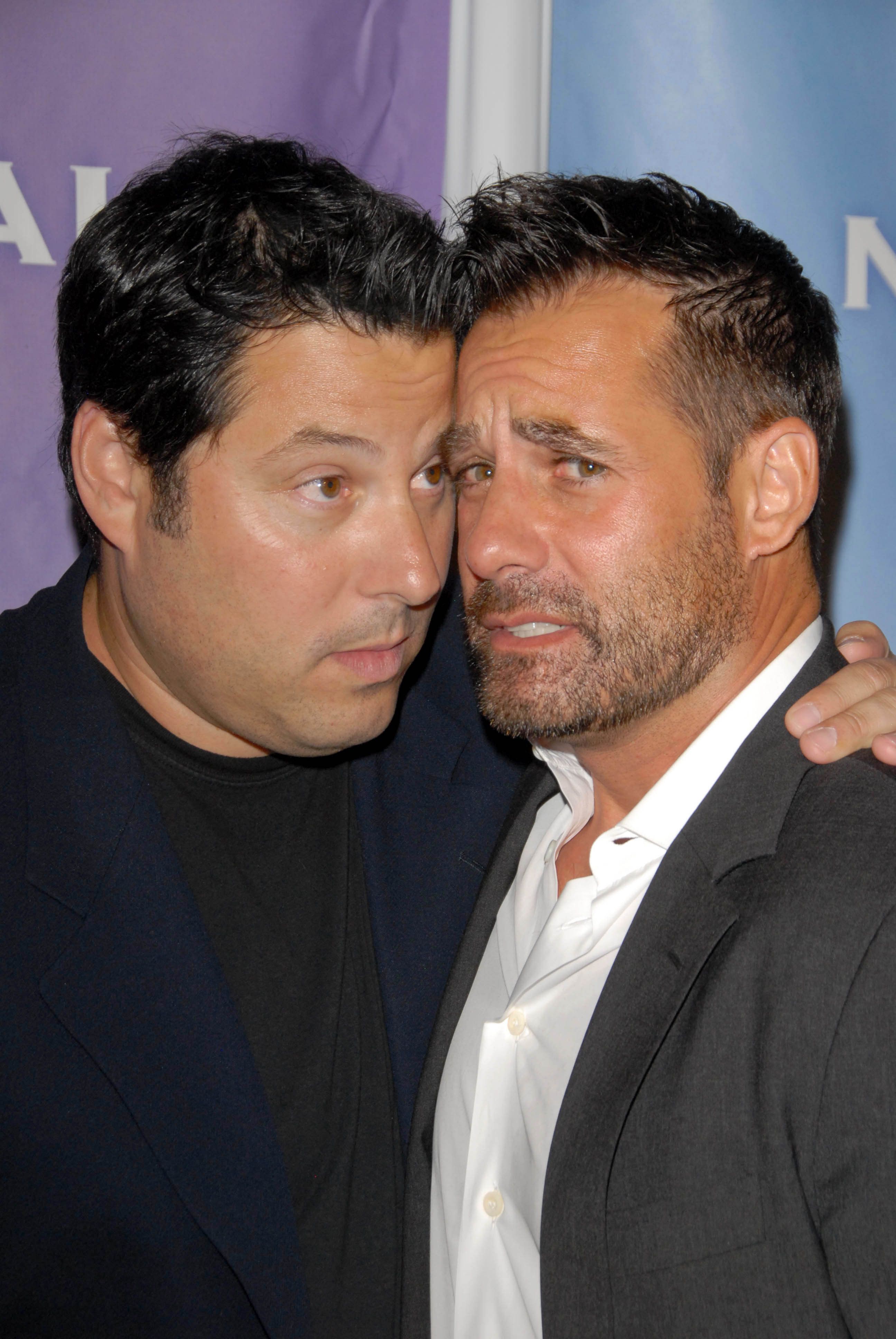Exploring Pasdar Adrian: A Look At Connectivity And User Experience
It's almost like, there are certain names that just seem to pop up in discussions about how we live today, and Pasdar Adrian is starting to feel like one of those. This name, in a way, seems to resonate with conversations about the very fabric of our daily interactions, especially when it comes to technology and the services we rely on. You know, it's about making sense of the digital threads that connect us all, and how those connections really feel for us as people.
So, when we consider Pasdar Adrian, we are, in some respects, thinking about a figure, perhaps a conceptual one, who might champion a more thoughtful approach to how systems work around us. This could involve everything from the way our phones link us to the world to how we move around our towns and cities. It's truly about the everyday experiences that shape our lives, and how they can be made better, or perhaps, just a little more intuitive.
This article will, in a way, take a closer look at what the name Pasdar Adrian might represent, particularly through the lens of modern connectivity and the human side of service design. We'll explore how ideas tied to this name could speak to the challenges and opportunities we face in our interconnected world, drawing insights from real-world situations that many of us encounter every single day. It's quite interesting, really, to consider these things.
Table of Contents
- Who is Pasdar Adrian?
- The Pulse of Modern Connectivity
- Rethinking Public Service Journeys
- The Human Element in Service Design
- Frequently Asked Questions About Pasdar Adrian
Who is Pasdar Adrian?
When we talk about Pasdar Adrian, it's important to know that specific, widely published biographical details about an individual by this name might not be readily available. However, the name itself has started to become a point of conversation, almost like a symbol for a particular way of thinking about how our services and technologies should function. It's really about a focus on the person using the service, and making sure their experience is as smooth and helpful as it can possibly be. This perspective, you know, is quite refreshing.
In a way, Pasdar Adrian could represent someone deeply invested in improving the daily lives of people through better design and more thoughtful implementation of essential services. This could be someone who truly understands the little frustrations we all face, whether it's trying to figure out a bus schedule or dealing with internet service. It's like, they would care about making things just a little bit easier for everyone.
So, rather than a specific individual whose life story is public, Pasdar Adrian can be seen as embodying a philosophy. This philosophy, you see, puts the user at the very center of everything. It's about designing systems that are not just functional, but genuinely welcoming and easy to use, making everyday tasks feel less like a chore and more like a simple part of life. That, is that, a pretty good goal for anyone, isn't it?
Biography and Personal Details
As mentioned, precise personal details for a widely recognized figure named Pasdar Adrian are not extensively publicized. Yet, if we consider what a person embodying the "Pasdar Adrian" approach might be like, we can paint a picture of their likely focus and values. This table outlines the characteristics and areas of interest that would typically define such an individual, drawing from the kinds of concerns that matter to everyday people, as seen in various discussions about services and technology.
| Characteristic/Area | Description |
| Primary Focus | Improving user experience across public and private services. |
| Key Interests | Digital connectivity, public transportation efficiency, communication technology, intuitive design, customer satisfaction. |
| Approach to Problems | Human-centric, seeking seamless integration and simplified interactions. |
| Values Held | Accessibility, clarity, reliability, and fairness in service provision. |
| Engagement Style | Thoughtful, analytical, with a deep consideration for real-world impact on individuals. |
The Pulse of Modern Connectivity
When we talk about Pasdar Adrian, it's very likely we're also talking about someone who pays close attention to how we stay connected in this busy world. Think about it: our lives, in a way, are woven together by digital threads. From streaming our favorite shows to simply calling a friend, the quality of our internet and phone service makes a huge difference. This is where the ideas associated with Pasdar Adrian truly shine, focusing on making these connections reliable and easy for everyone. It's a bit like, ensuring the very air we breathe digitally is clean and clear.
You know, there are always discussions about who offers the best wireless service, or whether moving from one internet provider to another, like from Comcast to Verizon 5G Home Internet, actually makes things better. Pasdar Adrian, in this context, would be the kind of voice asking the important questions: Is the network truly fast? Are the plans affordable for everyone? Is there a contract tying people down? These are the real concerns that shape our daily digital lives, and it's something many people care about quite deeply.
Apparently, for many, the ideal is a wireless carrier that truly delivers on its promises: affordable plans, the fastest network in America, and no long-term commitments. This kind of thinking, you see, aligns perfectly with a user-first philosophy. It's not just about selling a service; it's about providing a genuine benefit that improves life. That, is that, a pretty important distinction, wouldn't you say?
Bridging Digital Divides
A central theme, arguably, for anyone embodying the spirit of Pasdar Adrian would be ensuring that everyone has access to good, dependable connectivity. This means looking at those "affordable plans" and the idea of the "fastest network" not just as marketing slogans, but as essential components for a fair and inclusive society. It's like, if you can't get online easily, you're missing out on so much that modern life offers. This is a very real challenge for many people.
So, the conversation around digital access isn't just about speed; it's about making sure that services are within reach for all budgets, and that they perform well enough for everyday needs. It's not just about having a connection; it's about having a *useful* connection. This kind of thinking, you know, helps to bridge the gaps that might otherwise leave some folks behind in our increasingly digital world. It's something that, honestly, needs more attention.
Furthermore, the idea of "no contract" plans speaks volumes about putting the user first. It suggests a service provider confident enough in their offering that they don't need to lock people in. This approach, you see, fosters trust and gives people the freedom to choose what works best for them, which is, in a way, a cornerstone of good service design. It's a pretty simple concept, but it makes a big difference for people.
Personal Connection Points
Beyond the broad strokes of network quality and affordability, the "Pasdar Adrian" perspective would also likely touch upon the more personal aspects of our digital tools. Think about the details, like managing phone payments or switching between an eSIM and a physical SIM card. These might seem like small things, but they can cause a lot of headaches if they're not handled well. It's like, the little things often matter the most for day-to-day living.
For instance, someone might have four payments left on their phones, perhaps S22 models, and then they're looking for a new plan. The process of making that switch, or even just understanding their current bill, should be straightforward and clear. This is where an intuitive design and clear communication really come into play. It's about making sure that even seemingly minor tasks feel manageable, not like a puzzle you need to solve. That, is that, a really helpful goal.
And then there's the actual experience of using the network: not noticing any congestion or dropped calls, unless, perhaps, there's something truly unusual happening, like a presidential inauguration in Washington, D.C. This detail, you know, highlights a desire for consistent, reliable service that just works, without fuss. It's a pretty high bar, but it's what people hope for from their communication tools. This kind of dependability, you see, is something Pasdar Adrian would surely value.
Rethinking Public Service Journeys
Just as Pasdar Adrian might be interested in the nuances of digital connectivity, it's very likely that a similar attention would be paid to public services, especially something as vital as public transportation. Think about SEPTA, serving Bucks, Chester, Delaware, Montgomery, and Philadelphia counties. The daily journeys of thousands depend on these systems, and the quality of that experience truly shapes people's lives. It's not just about getting from point A to point B; it's about how that journey feels. That, is that, a really important part of things.
The vision of prioritizing an intuitive rider experience, improved wayfinding, and more simplified fares, along with clockface schedules, speaks directly to a "Pasdar Adrian" approach. It's about creating a seamless, welcoming SEPTA system. This isn't just about efficiency; it's about dignity and ease for every passenger. It's like, making sure that public transport feels like a helping hand, not a hurdle.
So, considering how people use public transit, especially during major holidays like New Year’s Day, Martin Luther King Jr. Day, Memorial Day, July 4th, Labor Day, Thanksgiving Day, and Christmas Day (with special schedules), shows an understanding of real-world needs. The goal is to make these journeys predictable and stress-free, even when routines are different. This kind of thoughtful planning, you know, truly makes a difference in people's lives. It's pretty clear, really, that this kind of detail matters.
Seamless Transit for Everyone
The idea of a "seamless, welcoming SEPTA system" truly captures the essence of what someone like Pasdar Adrian would champion in public services. It's about removing friction points and making the entire process of using transit as smooth as possible. This means thinking about everything from how easy it is to buy a ticket to how clearly the signs point you in the right direction. It's like, every step of the journey should feel natural and straightforward.
Improved wayfinding, for instance, isn't just about signs; it's about understanding how people naturally navigate spaces and designing information to match that. Simplified fares mean less confusion and quicker boarding. And clockface schedules? They offer a predictable rhythm to transit, making it easier for people to plan their days without constantly checking a phone. These are all small changes, but they add up to a much better experience for everyone. That, is that, a very good way to approach things.
Ultimately, the goal is to create a system where the rider experience is so intuitive that it almost fades into the background, allowing people to focus on their destination rather than the complexities of their journey. This kind of thoughtful design, you see, makes public transit a truly attractive option for more people, which benefits communities as a whole. It's pretty clear, really, that this kind of detail matters quite a bit.
Real-time Information and Adaptability
Another area where the "Pasdar Adrian" perspective would likely focus is on the availability of real-time information and the adaptability of public service systems. In addition to the realtime data, schedule info, maps, and alerts and advisories that people are used to, adding features like helpful route information with frequency and service patterns makes a big difference. It's like, giving people the full picture, not just bits and pieces.
Knowing the frequency of a bus or train, for example, helps people decide if they have time to grab a coffee or if they need to rush. Understanding service patterns means people can predict how their commute might change during different times of day or week. This kind of detailed information, you know, empowers riders to make better decisions and feel more in control of their travel. It's a very practical way to improve daily life.
The ability to adapt schedules for major holidays also shows a system that is responsive to real-world needs. While special schedules can sometimes be a bit of a puzzle, the commitment to providing that information, rather than leaving people guessing, is a sign of a user-focused approach. This kind of responsiveness, you see, builds trust and makes the system feel more reliable, even during unusual times. It's a pretty smart way to handle things, honestly.
The Human Element in Service Design
When we discuss Pasdar Adrian, we are, in some respects, always circling back to the human element in how services are designed and delivered. It's about asking the fundamental question: "What are some pros and/or cons you have when it comes to them as a…?" This simple query gets right to the heart of user experience, acknowledging that every service, whether it's a mobile carrier or a transit system, has its strengths and weaknesses from the perspective of the person using it. It's a very honest way to look at things, you know.
This approach means truly listening to feedback, understanding frustrations, and celebrating successes from the user's point of view. It's not just about technical specifications or operational efficiency; it's about the emotional impact of a service. Does it make life easier, or does it add stress? Does it feel fair, or does it feel like a constant battle? These are the kinds of questions that a "Pasdar Adrian" figure would likely ponder quite deeply. It's pretty clear, really, that the human side of things matters most.
So, the conversation shifts from what a service *does* to how it *feels* to use that service. This means considering everything from how a company communicates about spam and security ("Seems even more prudent with all the spam and…") to whether they are still using their own servers for certain functions. Every little detail, you see, contributes to the overall perception and practical experience of the user. It's quite a comprehensive way to think about service. Learn more about digital services and connectivity trends here.
Balancing Innovation with User Needs
A key challenge, and one that Pasdar Adrian would surely recognize, is the delicate balance between pushing for new technologies and ensuring that those innovations truly serve the people who use them. It's about making sure that progress doesn't leave anyone behind or create new frustrations. This means, for instance, that while companies might be using their own servers, the impact on the user, in terms of speed or privacy, should always be a top consideration. It's a bit like, walking a tightrope between what's possible and what's practical for everyday folks.
The transition from an eSIM to a physical SIM and back within a few days, as someone might experience, highlights the need for flexible and user-friendly systems. While the technology might be impressive, the process of switching should be seamless, not a headache. This is where the human-centric design truly comes into play: anticipating potential points of confusion or difficulty and smoothing them out before they become a problem. That, is that, a really smart way to design services.
Ultimately, the "Pasdar Adrian" perspective encourages a constant evaluation of services, asking whether they are truly meeting the needs of the people they serve. It’s about being open to feedback

Pictures of Adrian Pasdar

Pictures of Adrian Pasdar

Adrian Pasdar